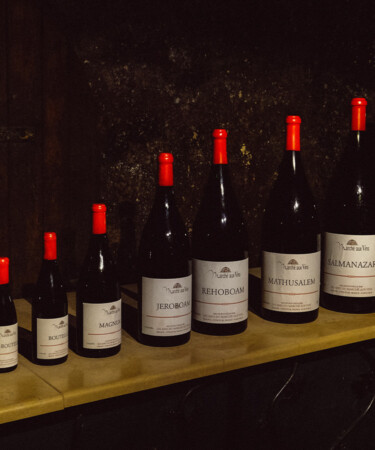A wine bottle’s unique appearance can provide a wealth of information about the liquid inside.
Beyond aesthetics, variations in size, shape, and volume often have pragmatic purposes. Colored glass may aid in preventing oxidation or color change over time, while the unique thickness of sparkling wine bottles keeps drinkers safe from accidental explosions.
There’s a handful of common shapes, ranging from classic Burgundy to curvy Provence bottles. Hundreds of slight variations exist in the winemaking world, but most producers stick to a small selection of classic forms.
Keep reading to learn about the most common wine bottle shapes and styles.
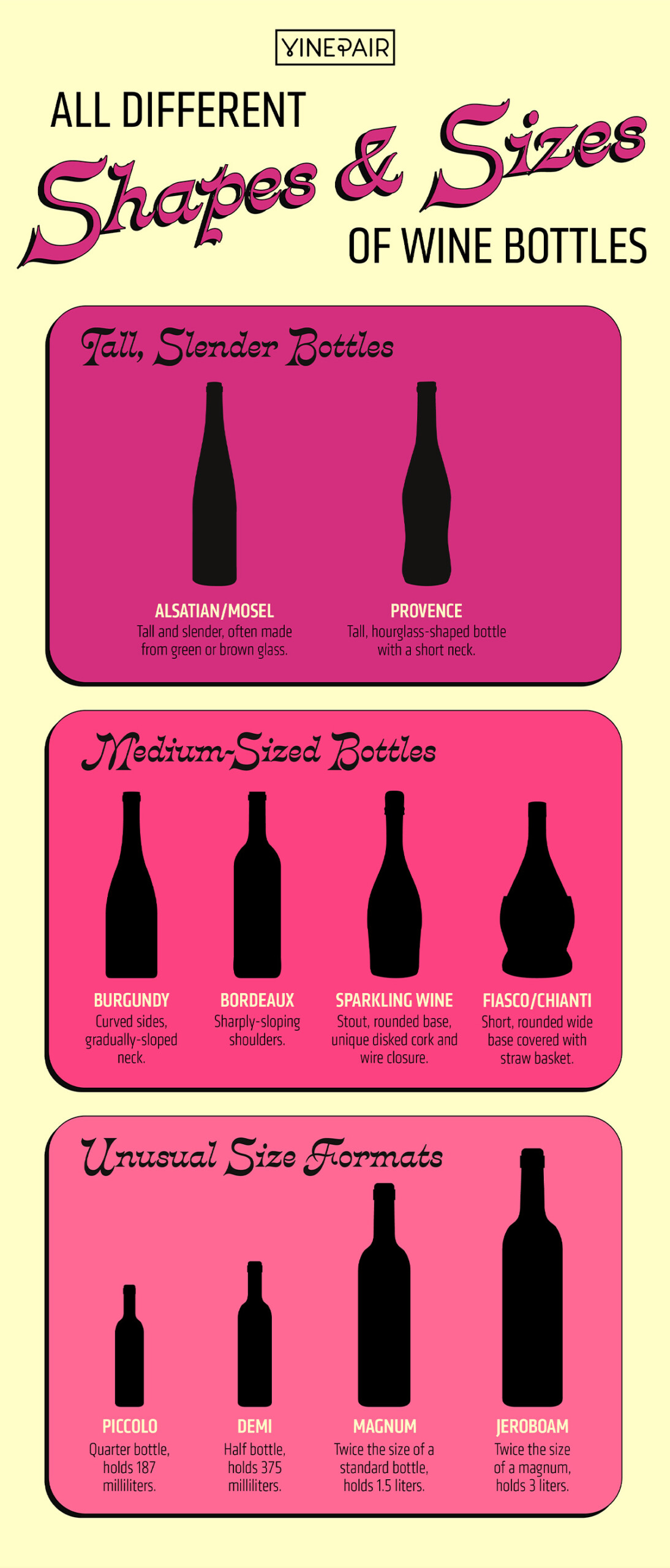
Tall, Slender Bottles
Alsatian/Mosel – Tall and slender, often made from green or brown glass
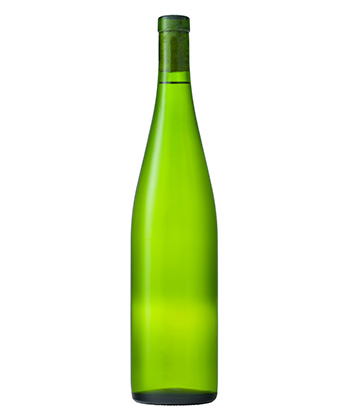
These tall, slim bottles are often green or brown in hue and are typically more delicate than other bottle styles. The Alsatian bottle, also known as the Mosel, was developed after the Bordeaux bottle, with Riesling wine (and easy transportation) in mind. Historians believe these bottles were made slender in stature to allow producers to pack a larger quantity onto transport ships. Different colors of glass — from blue to green to brown — historically marked regional differences in the liquid. Today, Gewürztraminer and other delicate German-style white wines (both dry and sweet) can also be found in colorful, slender bottles.
Provence – Tall, hourglass-shaped bottle with a short neck
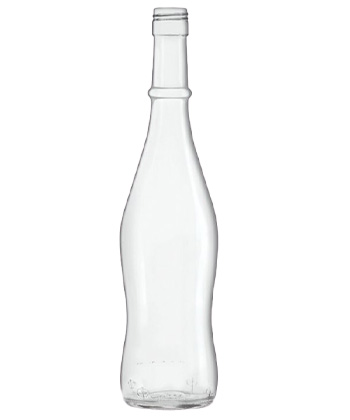
This uniquely curved bottle is associated with the Côtes de Provence region in France — the largest appellation in the country, known for its production of rosé. The exact hourglass shape of Provence bottles (also called “flûte à corset”) may vary; some are tall and thin with less dramatic curves. Others have a larger base and more pronounced, curved edges. This bottle shape was popularized by Provence’s Domaines Ott but is no longer used only for rosés from the region; the bottles today house rosés from all over the world.
Medium-Sized Bottles
Burgundy – Curved sides, gradually sloped neck
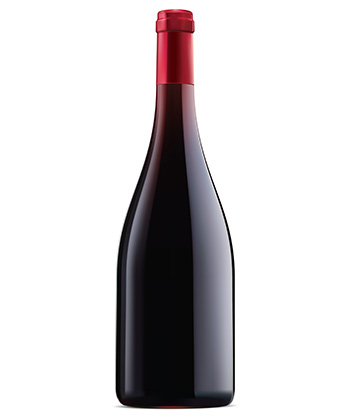
This bottle style surfaced sometime during the 19th century for red and white Burgundy wines. It soon became more widely used for Pinot Noir and Chardonnay by producers across the world. As the first distinctive bottle style, this glass container’s sloped shape originated to ease production for glassmakers. It’s not uncommon to encounter other red wines or oaked white wines sold in Burgundy bottles.
Bordeaux – Sharply sloping shoulders
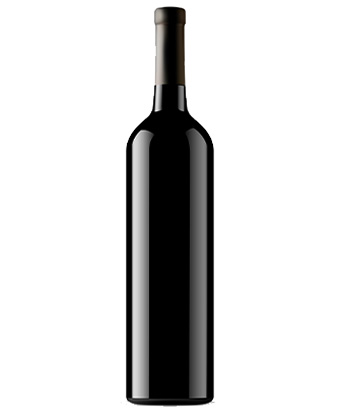
Cabernet Sauvignon and Merlot are most commonly found in this style of bottle. Distinctively sharp shoulders distinguish the Bordeaux bottle from the Burgundy bottle, the latter of which was developed first. Some historians believe the Bordeaux bottle’s sharp shape is meant to sift out sediment while decanting wine.
Sparkling Wine – Stout, rounded base, unique disked cork and wire closure
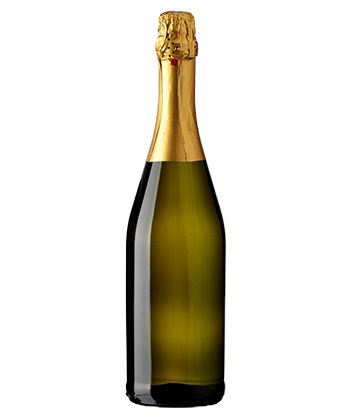
Champagne and other sparkling wines are typically encased in thick-walled bottles with rounded bases. The vessels’ sturdy construction was designed specifically to protect wine during precarious production and storage processes like disgorgement and riddling. A disked cork, foil covering, and twisted wire closure at the bottle’s lip keep the bubbly’s pressure in check.
Fiasco/Chianti – Short, rounded wide base covered with straw basket
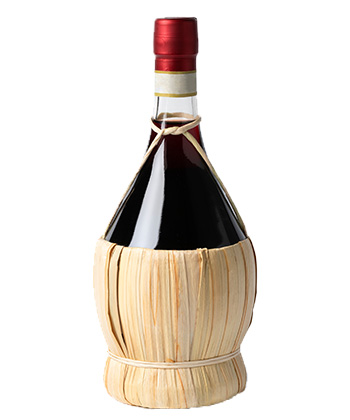
Perhaps the most unmistakable of the bunch, the Chianti bottle is stout and contained in a straw basket (“fiasco”) at its base. The latter helps to stabilize the base of the bottle and protect the fragile glass during shipping.
Unusual size formats
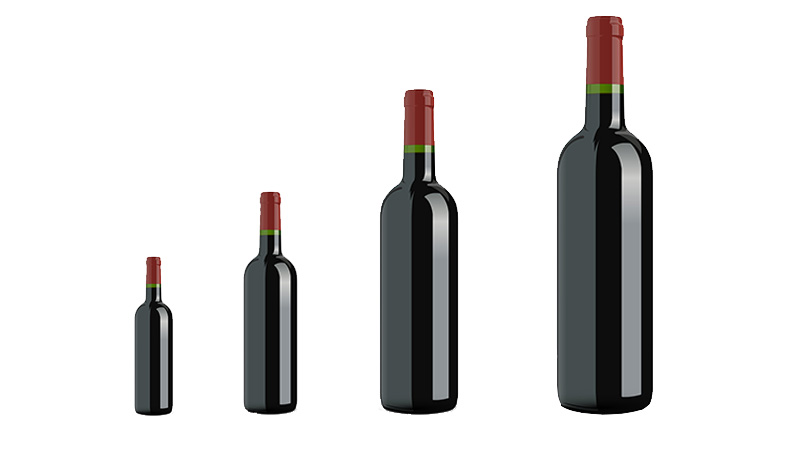
Piccolo – Quarter-bottle, holds 187 milliliters
A piccolo bottle (also called a split) holds a little more than one standard serving of wine. It’s commonly the smallest-offered size on wine menus and is well suited for individual servings.
Demi – Half-bottle, holds 375 milliliters
This half-bottle format is ideal for dinner dates and beyond. They’re more expensive for wineries to produce than standard 750-milliliter bottles. However, from a consumer perspective, smaller (and often cheaper) formats offer an opportunity to sample expensive wines before committing to a steep price tag.
Magnum – Twice the size of standard bottle, holds 1.5 liters
Particularly favored among Champagne enthusiasts, this large vessel keeps sparkling wine fresh for longer. Magnums’ large volume also results in slower in-bottle aging, as the oxidation process occurs more slowly in larger quantities.
Jeroboam – Twice the size of a magnum (3 liters)
If a magnum-sized bottle is meant for a crowd, the jeroboam is perfect for a party. It holds a whopping three liters of wine — four times the size of a standard wine bottle. The name of this bottle refers to the Biblical figure Jeroboam.
*Image sourced from Francesco Ungaro – Unsplash
